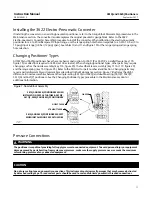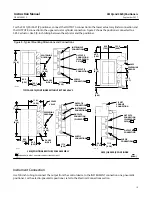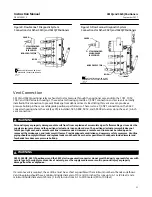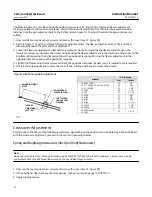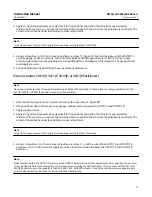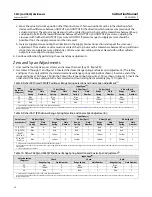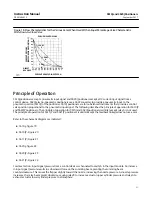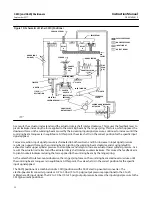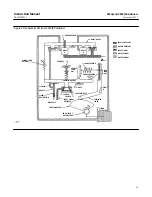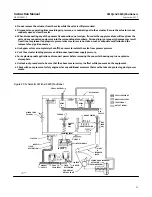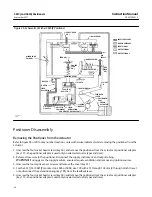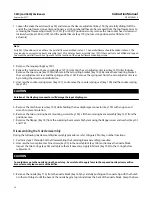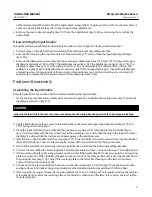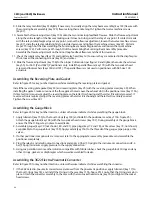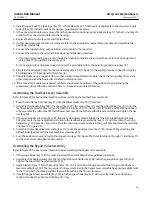
Instruction Manual
D200149X012
3610J and 3620J Positioners
September 2017
31
Figure 18. Flow Characteristics for the Various Cams When Used With an Equal Percentage Valve Characteristic
Push‐Down‐to‐Close Valve
DIRECT
REVERSE
PERCENT OF RATED INPUT SPAN
CAM
B
CAM
A
CAM
C
33A4960‐A
A1582‐3
PERCENT
OF FLOW
(PRESSURE DROP CONSTANT)
PUSH DOWN TO CLOSE
Principle of Operation
3610J positioners accept a pneumatic input signal and 3620J positioners accept a DC current input signal from a
control device. 3620J electro‐pneumatic positioners use a 3622 converter to provide a pneumatic input to the
pneumatic portion (3610J) of the positioner. 3610J positioners are force‐balanced instruments that provide a control
valve position proportional to the pneumatic input signal. The following describes the principle of operation for 3610JP
and 3620JP positioners. The principle of operation for 3610J and 3620J positioners is similar except relay A is not used.
The principle of operation for 3611JP and 3621JP positioners is similar except the feedback linkage does not use a cam.
Refer to the schematic diagrams as indicated:
D
D
D
D
D
D
For direct action, input signal pressure from a control device is channeled to cavity A in the input module. An increase
in input signal pressure results in a downward force on the summing beam, pivoting the summing beam
counterclockwise. This moves the flapper slightly toward the nozzle, increasing the nozzle pressure. As nozzle pressure
increases, the relay beam pivots clockwise, causing relay B to increase actuator upper cylinder pressure and relay A to
exhaust actuator lower cylinder pressure to atmosphere.

